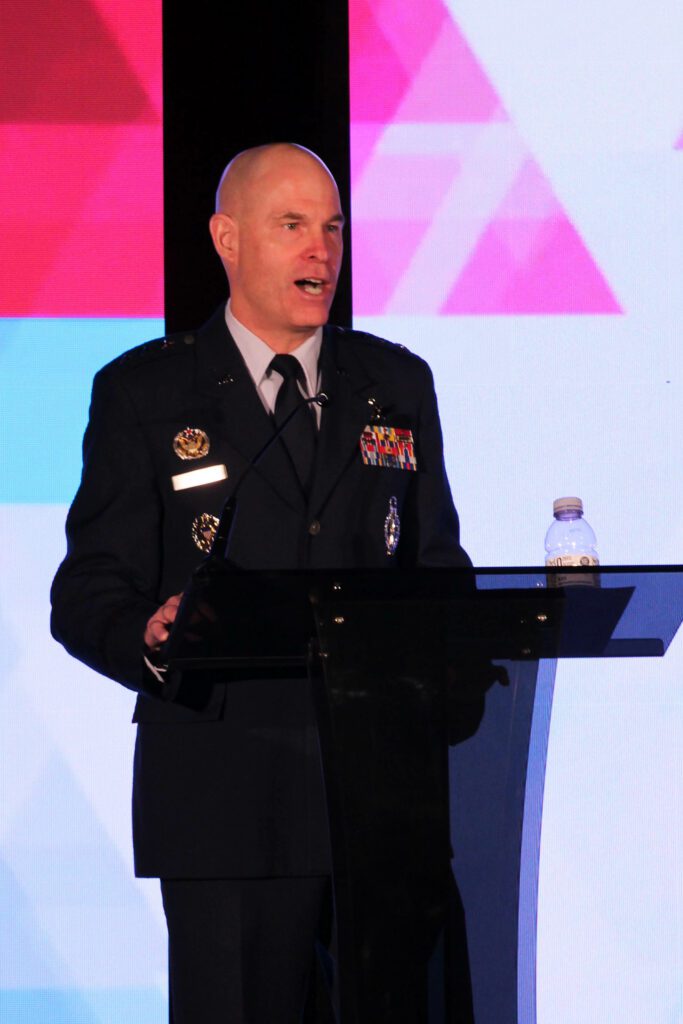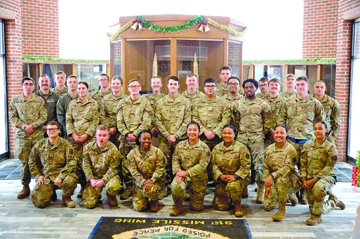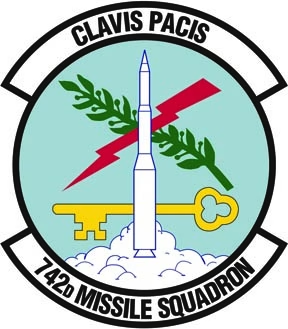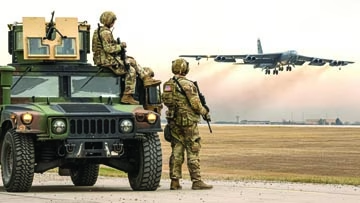With a full house and an agenda of expert speakers on the impending changes in the nuclear triad of the United States, Task Force 21 opened the symposium with Lt. Gen. Michael Lutton, Deputy Commander Air Force Global Strike Command and Deputy Commander Air Forces Strategic-Air, US Strategic Command, Barksdale Air Force Base.
Lt. Gen. Lutton would start the symposium with a common theme, the importance of Minot Air Force Base, with its’ dual nuclear triad missions, to the total defense of the United States. His message was also very clear that we are in a changing posture created by the increase in development of not only the Russian nuclear arsenal, but the expected increase in nuclear weaponry in China.

Next to take the podium would be Maj. Gen. Us Air Force (retired) William A. Chambers, who would introduce and review the final report of the Congressional Commission on the Strategic Posture of the United States. The Congressional Commission on the Strategic Posture of the United States was established by the 2022 National Defense Authorization Act. One of the conclusions in the report is that America’s Defense strategy and strategic posture must change. Working in a timeframe of 2027 to 2035, the commission states that decision must be made now in order to properly defend our interests and improve strategic stability with both China and Russia. In that new defensive posture, the United States and its Allies and partners must be ready to deter and defeat both adversaries, Russia, and China simultaneously.
“There is not a long list of countries that are supportive of China and its politics. But what is more important is that Russia and China, although not trusting each other completely, want to disrupt the political stability of the United States and its Allies.”
The Executive Summary of the report set the stage quite sufficiently.
The United States faces a strategic challenge requiring urgent action. Given current threat trajectories, our nation will soon encounter a fundamentally different setting that it has ever experienced: we will face a world where two nations possess nuclear arsenals on par with our own. In addition, the risk of conflict with these two nuclear peers is increasing. It is an existential challenge for which the United States is ill prepared unless its leaders make decisions now to adjust the U.S. strategic posture.
The objectives of U.S. strategy must include effective deterrence and defeat of simultaneous Russian and Chinese aggression in Europe & Asia using conventional forces. If the United States and its Allies and partners do not field sufficient conventional forces to achieve this objective, U.S. strategy would need to be altered to increase reliance on nuclear weapons to deter or counter opportunistic or collaborative aggression in the other theater.
Although “often times the committee would be engaged in heated debate, to a person they all supported the final report and the information that it contained” according to Chambers.
Members of the North Dakota congressional delegation weighed in virtually as they were not able to attend in person. Their message, too, was one of the importance of the Minot Air Force Base, and all bases in North Dakota, in the missions that they perform. Moreover, Senators Hoeven and Cramer, and Representative Armstrong were quick to point out the programs on the board to replace the Minuteman III missiles with the new Sentinel, and the ongoing modernization, including the re-engineing program, for the B52 planes at Minot AFB.
Several other speakers took their turn at the podium to discuss topics further in support of educating the audience about the nuclear triad arsenal, and even give vital information about our most common adversary, Russia, and how it is that we are at the point we are today, and what we can look forward to in the future from other lesser adversaries including the likes of Iran and North Korea.
Col. Ty S. Moore, Deputy Director of Intercontinental Ballistic Missile Modernization, Site Activation Task Force, Barksdale, discussed some of the details of the implementation of the new Sentinel ICBM as it is built and deployed at bases in Wyoming, Montana, and North Dakota.

See next week’s Northern Sentry for more coverage on the Task Force 21 Nuclear Triad Symposium.












